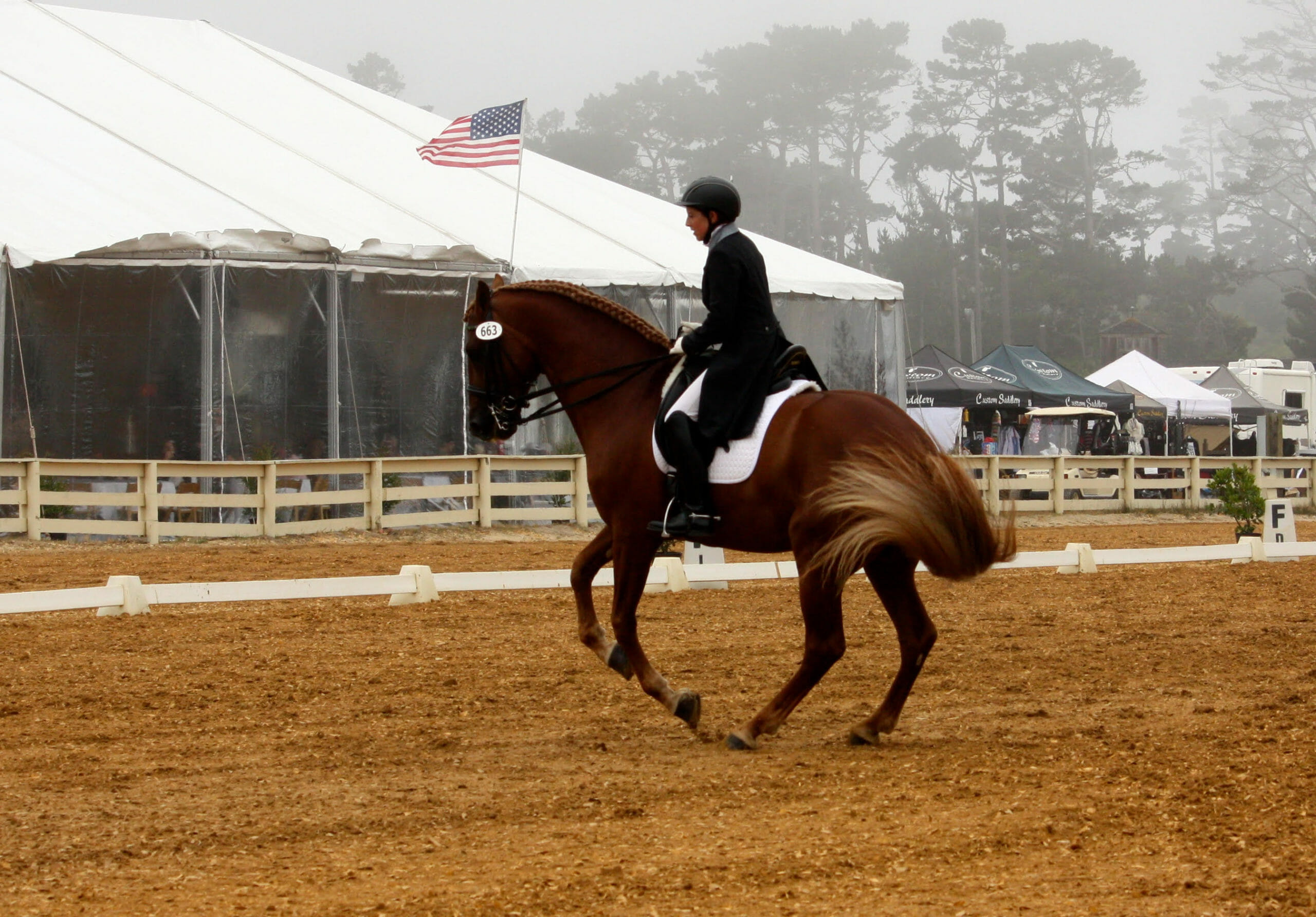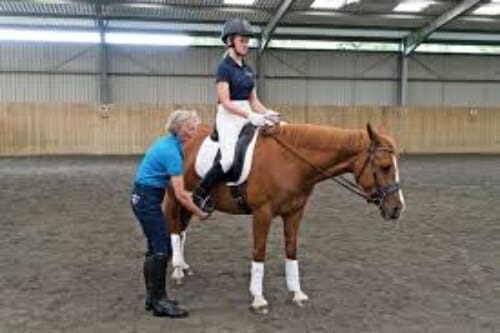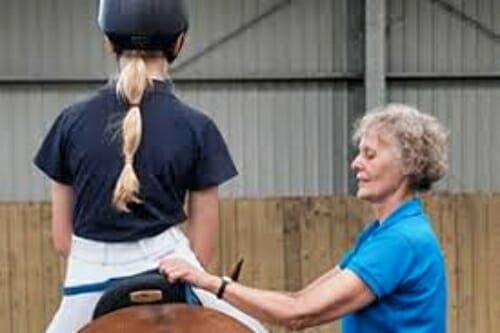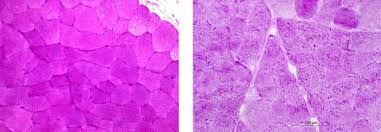International Coach, Mary Wanless explains how the rider’s three toolkits are three parts of a puzzle that each play a crucial role in achieving the best outcomes.
The Zero Toolkit
Years ago, I came across the idea of the rider’s first toolkit and second toolkit and that came from the American trainer Charles de Kunffy. He talked about the rider’s first toolkit as her body and how her body influences the horse and the second toolkit as the school movements. Quite a few years later I became more aware of what I subsequently call the zero toolkit. I came across it through the work of Dr. Andrew McClean and his equine learning theory. And that’s all about operant conditioning and giving a horse a conscious understanding of the basic aids. And it began to become clear to me that horses become much more rideable when they have the basic understanding of the legs as go and the reins as whoa and so on. I like to expand the zero toolkit to what I call supporting arts like saddlery, farriery and bodywork. Is your horse comfortable enough in his body that he can do what we want him to do? So, the zero toolkit gives us a baseline.
The First Toolkit
Virtually all trainers are specialists in one of these toolkits and I am a specialist in the first toolkit. Rider biomechanics is my thing. Growing up within the BHS system, I always knew I wasn’t a very talented rider. This frustration actually drove me to the point where I gave up riding in my late 20s and everything I’ve done since grew out of actually having that existential life crisis. I gave up on worrying about competitions and looking good on a horse and I just started noticing what was happening in my own body and the horse’s body. And in my noticing about what’s happening, I began much more to develop my own body awareness for what was going on in my body, what was going on in the horse’s body and how the horse and I were influencing each other. And this is a quest that’s been going on for a very long time as I have unpacked how that influence works.
The aids as they’re taught are taught as this hand here and that leg there, but I’ve never met a rider who was a pair of disembodied arms and a pair of disembodied legs. If you leave out what’s happening with the rider’s torso and the rider’s weight, whether she sits straight, or whether she jiggles or wiggles or how asymmetrical she is – those factors cannot not influence. The horse can feel a fly on his back. And yet the horse world wants to reduce the rider to this arm here and that leg there. It does not work that way.
So, that would be the first toolkit. And it’s based on the rider being on the correct balance point, being able to organize her own body weight, being able to transmit force within her body, so that she can help the horse transmit force through his body in a way that works between and potentially involves his forehand lightening and his back coming up and him reaching into the rein. And it’s an attempt to really put words on the hidden »how to« skills of riding, which talented riders just have innately and instinctively, but struggle to teach it to others.
The Second Toolkit
We then have the second toolkit and the second toolkit is about using the school movements to let’s say increase the stepping under of the left hindleg and increase the horse’s bend and get this and that to happen. And within the dressage world I think most trainers start with the second toolkit. But that really presupposes that the rider has the same skillset as the trainer herself has and the rider may not have that. So, for instance, the trainer might think to herself, what would I do if I was on this horse? And then think, oh yes, I would ride shoulder in, that would increase the engagement of the inside hind leg and the bend. So, she says to the rider, ride shoulder in. And the rider pulls on the inside rein and the horse jack-knives a bit and everything is a bit contorted and the withers don’t really come off the track. So, the second toolkit undoubtedly has great ability to gymnasticize the horse, sets the rider and the horse appropriate challenges at the right time, but it does not work without the first toolkit.
I think the components of these toolkits actually splits the horse world into factions that can’t talk to each other because nobody agrees on what the skills of riding and training are. It’s like the blind men and the elephant – each of them thinks they have the whole puzzle, while they only have one part of it. But if we can get all of these approaches to work together then both individual riders do a better job and we might end up with many less factions within the horse world because people get a bigger sense of the overview of the whole puzzle instead of just a tiny part.
Mary presented a live event on 10th March 2021 – the recording is freely available for Equitopia members by logging in and clicking on the ‘Webinars’ icon; Non members may purchase the recording for $15 through the link below:
https://www.equitopiacenter.com/shop/webinar-the-rider-biomechanics-toolkit/







